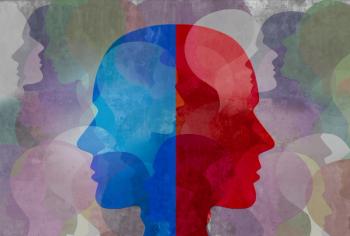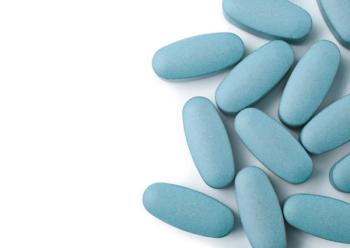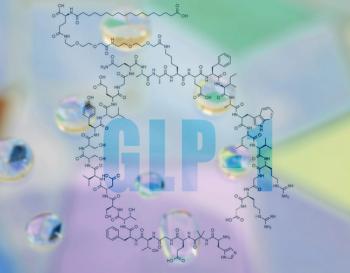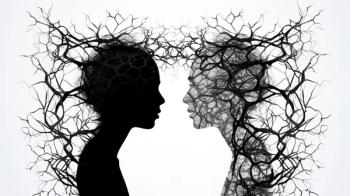
|Slideshows|March 15, 2018
A New Tool for Springtime Mania
Author(s)Chris Aiken, MD
An environmental approach to mania makes it possible to “slow down the sun” and modulate the destabilizing effects of spring sunlight. More in this report.
Advertisement
Newsletter
Receive trusted psychiatric news, expert analysis, and clinical insights — subscribe today to support your practice and your patients.
Advertisement
Advertisement
Advertisement
Trending on Psychiatric Times
1
December in Review: Updates on the Psychiatric Treatment Pipeline
2
The Psychiatric Pipeline in Review: Quarter 4, 2025
3
Misguided Values of AI Companies and the Consequences for Patients
4
Research Recap From the European College of Neuropsychopharmacology Congress
5




